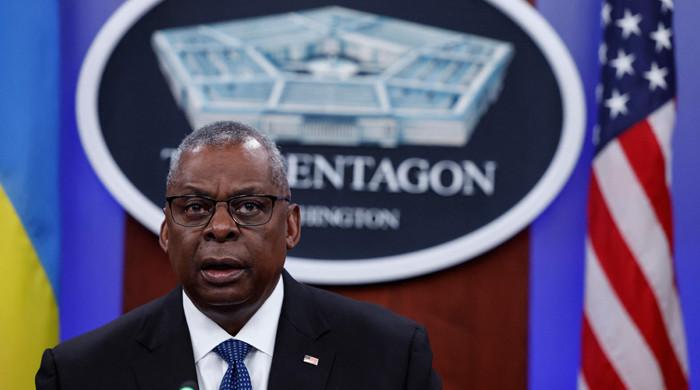Islamabad: high tensions between Pakistan and India after the mortal Pahalgaattack have once again led to war in the neighboring country that puts New Delhi's forces in the center of attention, The news reported on Sunday.
Due to the history of Pakistan-India skirmishes, especially the demolition of an IAF MIG-21 and the capture of the pilot abhinandan varthaman by Pakistan, the IAF has once again become a point of discussion.
The IAF, according to statistics, lost 2,374 clashes in clashes until September 2023, including 1,126 combat aircraft and 1,248 non -fighters. In addition, 229 coaches and 196 helicopters have crashed. These incidents have resulted in the death of 1,305 qualified pilots.
The figures have been shared by official Indian media sources. Indian experts have publicly maintained that one of the most worrisome deficits in the defense preparation of India is in the IAF combat aircraft fleet.
The number of lost combat planes exceeds 50 squads. Some of these planes and pilots were lost in action in the wars that India fought against Pakistan in 1947-1948, 1965 and 1971, and to a lesser extent in the Kargil conflict in 1999.
In the 1962 war against China, the IAF did not fly combat operations. In the 1965 war, he lost 59 planes on the ground, many during preventive attacks by the Pakistan Air Force (PAF) in Pathankot and Kalaikunda, in what turned out to be a deplorable failure of intelligence and Indian preparation. The history of its IAF operations in the 1965 War recognizes that “it suffered disproportionately higher losses” than the PAF.
A mitigating factor in 1965 was that IAF flew old planes, while the PAF had the most advanced US combatants in Asia. In general, of all IAF losses, only 143 airplanes, or one in eight lost airplanes in general, were low combat.
An audit report, entitled Aircraft accidents at the IAF, 2002, by the Public Accounts Committee, concluded that the IAF accident rate for 10,000 flight hours varied “between 0.89 and 1.52 during the period 1991-97”; For fighters “it varied between 1.89 and 3.53”; while for the MIG-21 variants “it varied between 2.29 and 3.99”.
In comparison, the fighting aircraft accident rates in the United States Air Force were 0.29 in the 1990s, 0.15 in the 2000 and 0.1 decade between 2010 and 2018. A debate in Parliament in 1982 reflected the concern that the IAF had lost almost as many planes in accidents in the previous two years as in the entire war of 1971.
Since then, numerous committees have periodically examined the problem. Three causes of accidents were widely identified: human error, technical defects and nature, which include hostile climate and birds.
Technical defects included poor maintenance and the lack of availability of spare parts, especially for the MIG variants after the collapse of the Soviet Union. But they also reflected the obsolescence that inevitably crawled from flying planes such as decades mi-21, which were already ridiculed as “flying coffins” and “widows creators.” Even in those years, it was evident that approximately half of the IAF accidents were attributable to human error.
The reports indicated lapses in basic training and repeated failures to update the HPT-32 Stage-1 coach, in which the IAF pilots learned the ABC to fly. The eighties and ninety years registered an alarming number of accidents of coaches, with greater deaths as a consequence of both the coach and the pilot of apprentices who perished. The IAF based the HPT-32 only after 19 pilots were killed in 17 accidents during 23 years of flight.












